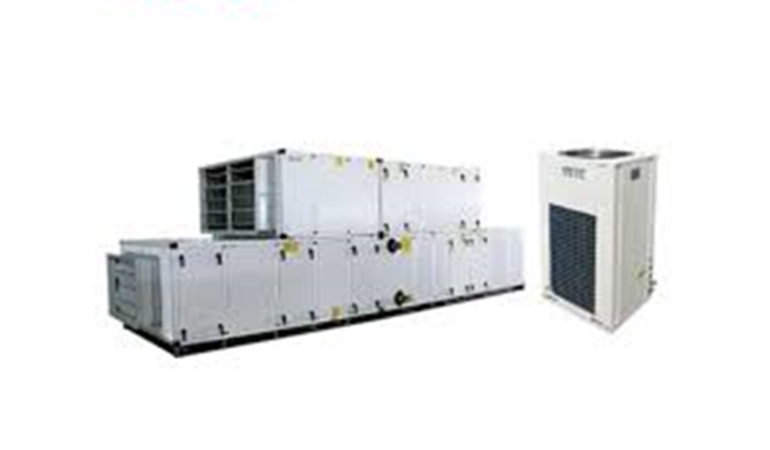
What Is DX Cooling? | Direct Expansion Cooling System
How a DX Cooling System Works
A direct expansion or DX cooling system is a type of air-conditioning system that removes heat from a space through evaporation and condensation of a refrigerant. The refrigerant absorbs the heat in the air, such as the heat generated by IT equipment in a network closet or other IT space, and then ultimately rejects the heat outdoors. This is possible because the refrigerant boils below room temperature, and is condensed back to a liquid by transferring the heat to outdoor air or water through a heat exchanger
In a DX cooling system, the evaporator is placed inside the space to be cooled. The refrigerant enters the DX cooling coils, where it absorbs the heat from the air and transforms to a gas. The refrigerant then moves into the condenser located outside, where the heat is released. An expansion valve exists between the evaporator and the condenser to help facilitate the changes in the pressure and temperature of the refrigerant as it moves through this cooling process. A compressor drives the refrigerant through its journey, and the entire DX cooling system offers a closed loop solution.
Advantages and Disadvantages of DX Cooling in an IT Environment
Compared to chilled water and other types of cooling systems commonly deployed in data centers or other IT spaces, DX cooling offers more flexibility and can operate at lower costs if the number of heat exchanges is minimized. Chilled water systems may be built out in larger blocks than a DX system, reducing the flexibly to build as you go. In addition, DX cooling can eliminate the need to introduce water into IT spaces filled with sensitive equipment, which is a major plus for many data center managers. Multiple DX systems can offer redundancy, compared to a chilled water system if there is only one chiller serving the cooling loop.
However, the bigger a data center space grows, the less ideal a DX cooling system becomes. For one thing, long piping routes can be a challenging aspect of installing a DX cooling system in a large space. Running multiple refrigerant lines can become more expensive than running fewer chiller water piping loops.
Recent Innovations in DX Cooling
Recent innovations are changing the efficiency and scalability of DX systems and causing many data center managers to give them a second look when it comes to choosing the right cooling strategy for their data center or IT space. The most notable advances in DX cooling technology include:
Together, variable technologies, economization options, and the right controls can make a DX cooling strategy an effective option in almost any IT environment no matter the size.